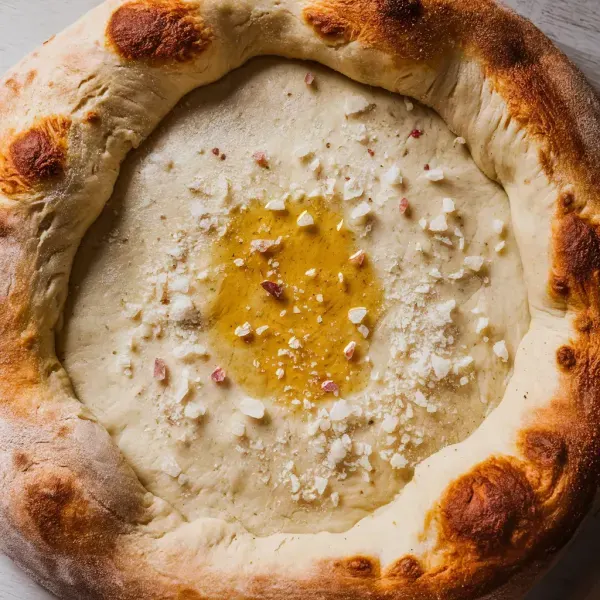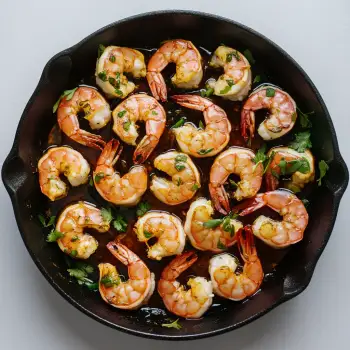
 100 minutes
100 minutesMaking the perfect pizza dough at home is simpler than you might think. Follow these steps, and you’ll have a dough that’s crisp yet tender, ideal for any pizza toppings you desire.


0 oz
Instant Yeast
teaspoons
teaspoons
tablespoons
Warm Water, 110 degrees
cups
1. Combine Dry Ingredients
In a food processor, add the bread flour, yeast, and salt. Pulse everything together about five times to ensure the ingredients are evenly mixed.
2. Add Wet Ingredients
With the food processor running, pour in the olive oil followed by the warm water. Continue processing the mixture for 30 to 40 seconds until the dough comes together to form a rough ball.
3. Rest and Process Again
Let the dough rest in the food processor for two minutes. After resting, process the dough again for another 30 seconds. If the dough feels very sticky, add a bit more flour and pulse it a few more times.
4. Knead the Dough
Transfer the dough to a lightly floured counter and knead it by hand for about one minute until it feels smooth and elastic.
5. Let the Dough Rise
Place the kneaded dough into a lightly greased bowl and cover it with greased plastic wrap. Let the dough rise in a warm place for 1 to 1.5 hours, or until it has doubled in size. Alternatively, you can refrigerate the dough for 8 to 16 hours for more developed flavors.
If you maintain a sourdough starter, incorporate some of it into your pizza dough to introduce a tangy flavor and improve the dough's fermentation process.
For a cheesy crust, add a small amount of finely grated hard cheese, such as Parmesan or Pecorino Romano, into the dough mix. This will give a savory depth to each bite.
Swap out a quarter to half of the all-purpose or bread flour with whole wheat flour for a nuttier flavor and a more substantial texture. This will also increase the fiber content of your pizza dough.
Replace a portion of the water in your dough recipe with a flavorful oil. For example, garlic-infused olive oil or chili-infused oil can add a subtle kick or aromatic note to the crust.
Replace half of the water in the recipe with beer. The yeast in the beer interacts with the dough to add a unique flavor and can also help the crust to become lighter and airier.




Comments (0)